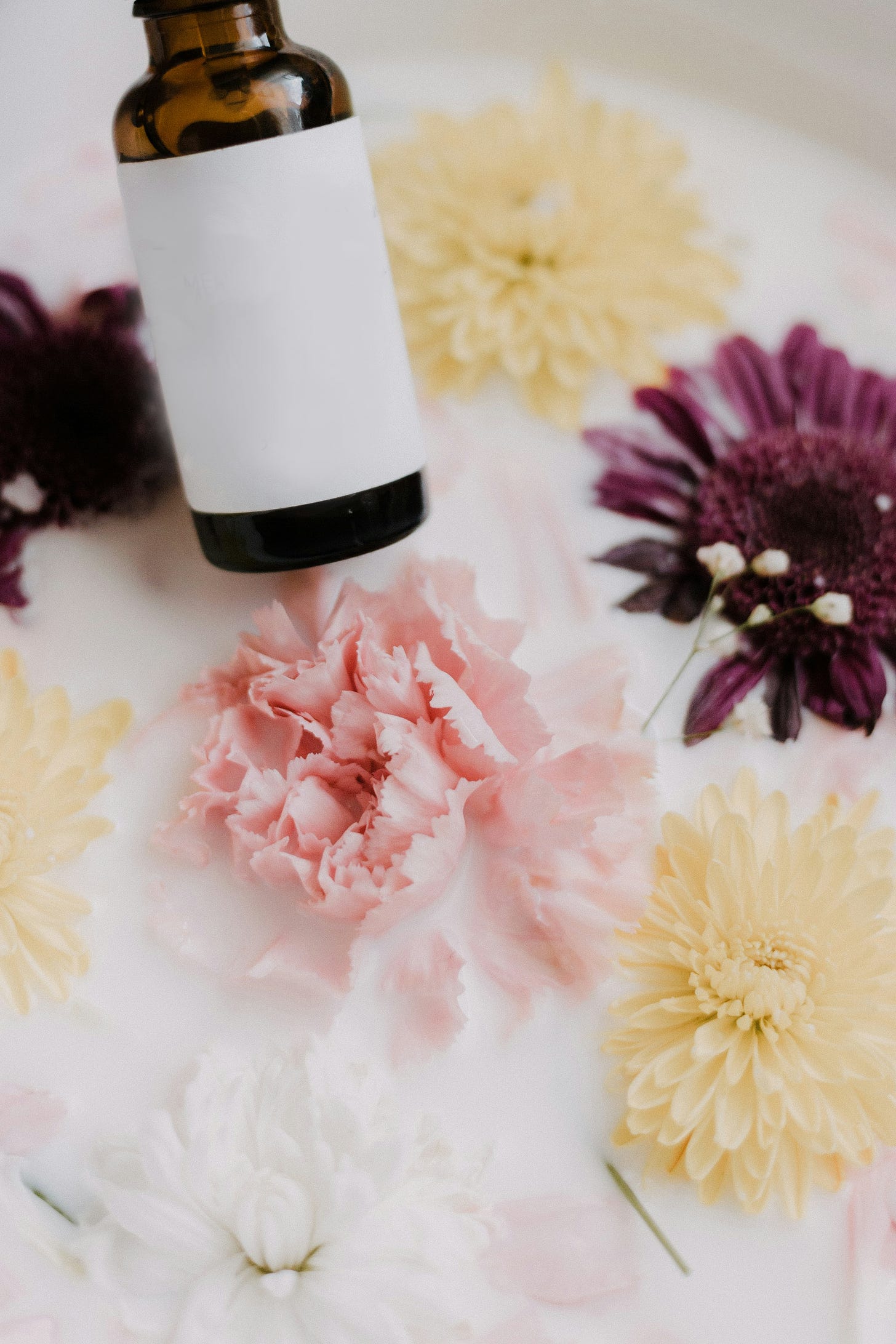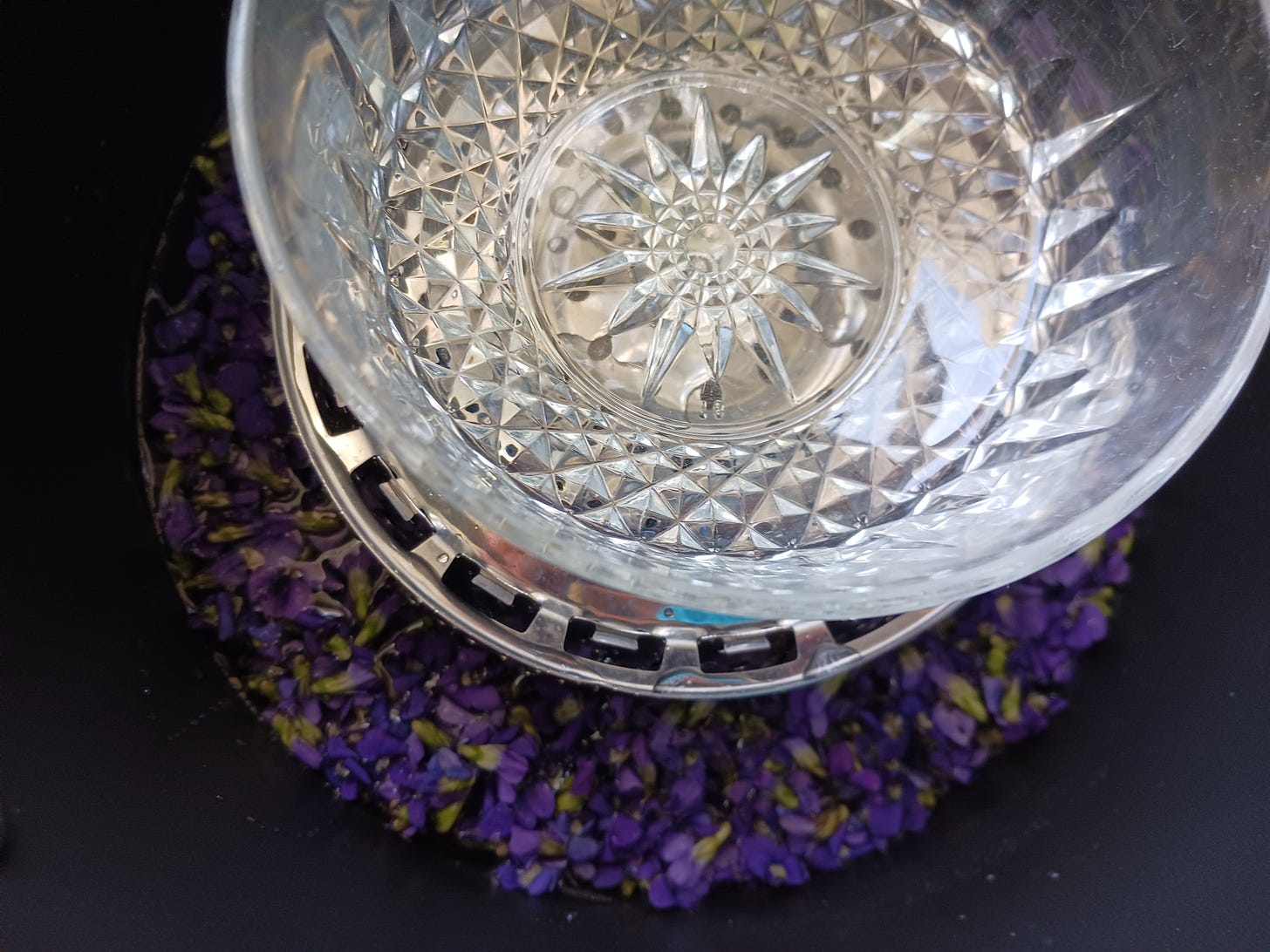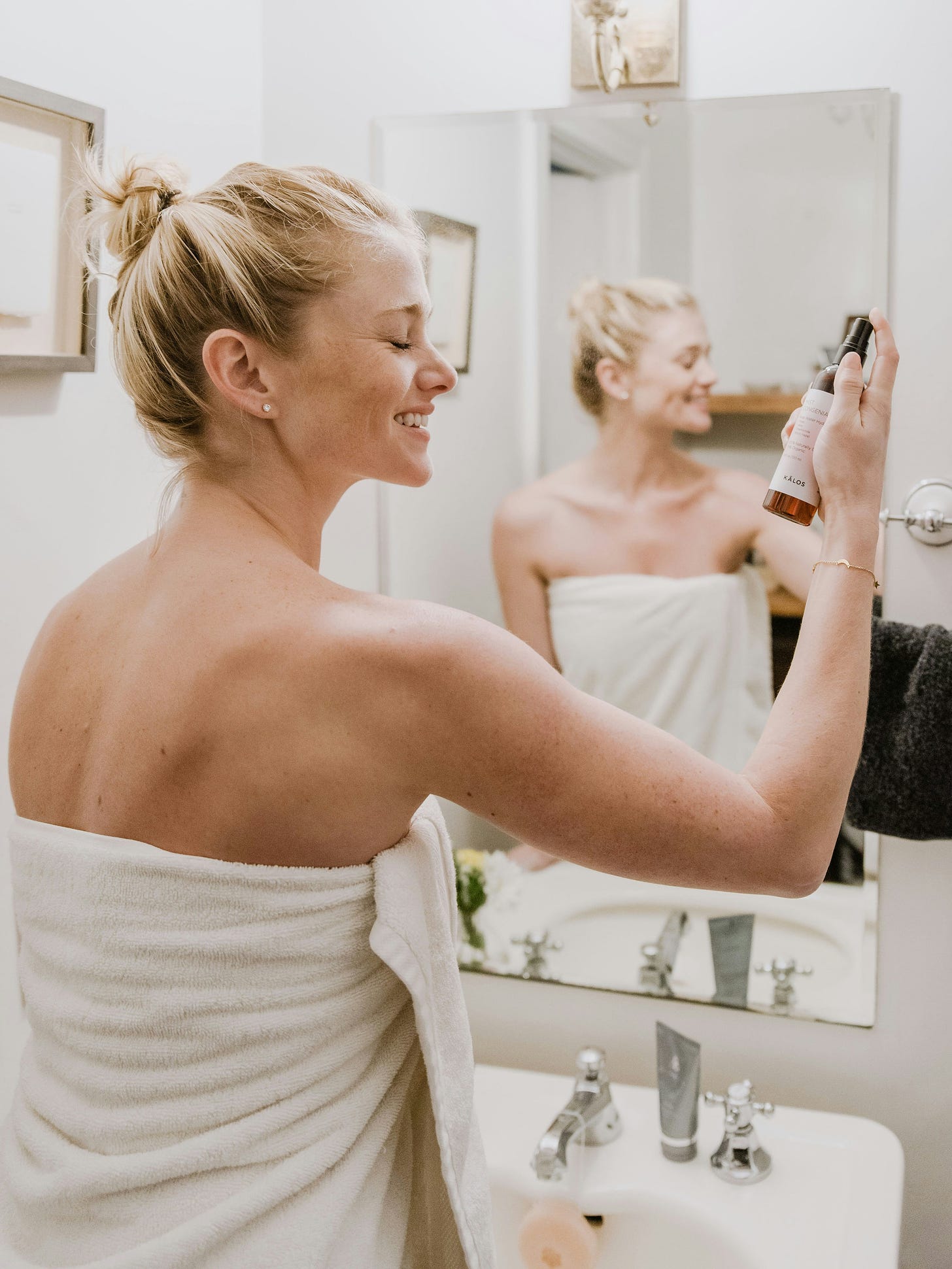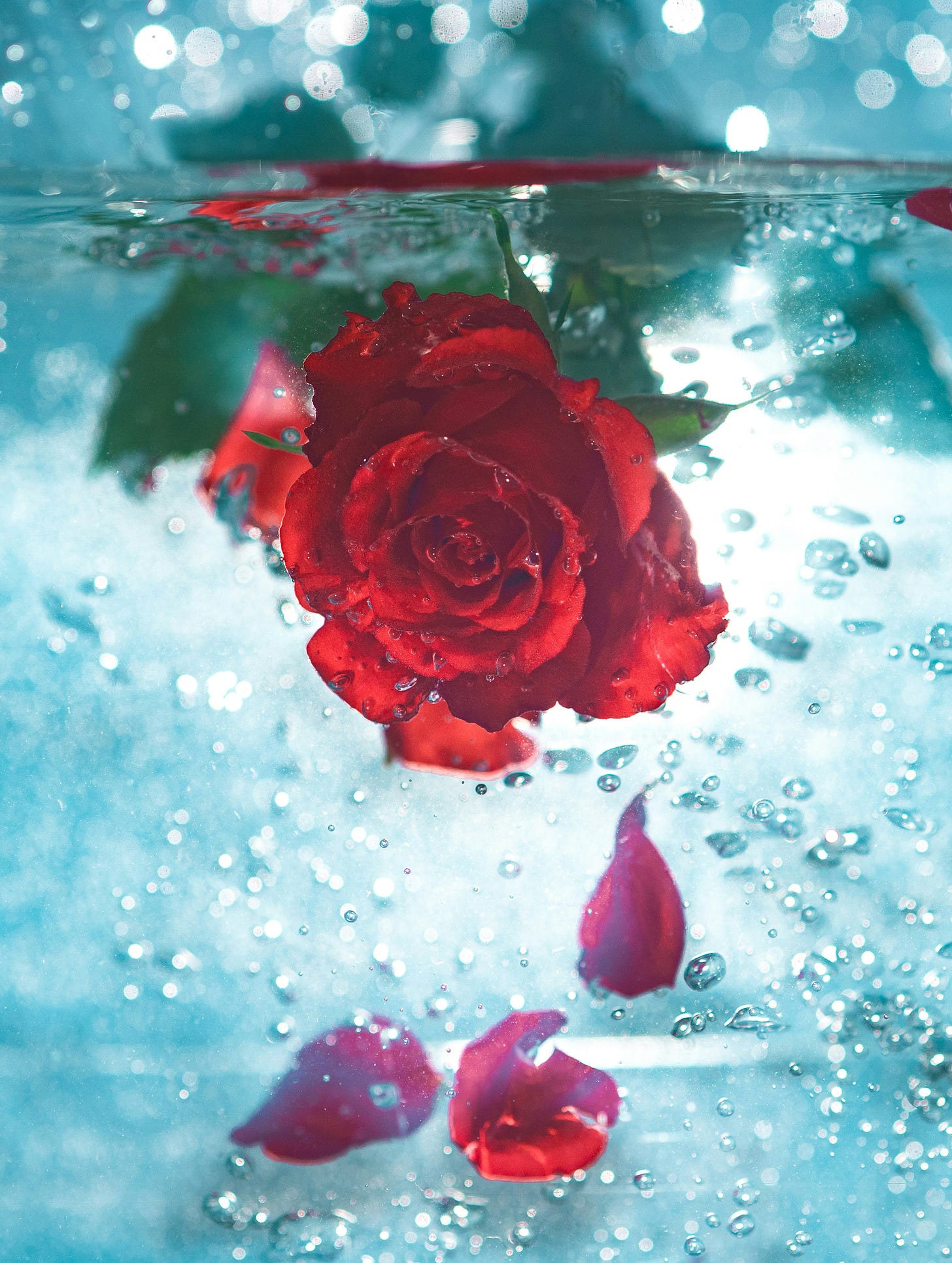🌹Hydrosols or Decoctions? Which should you use?
Photo by Priscilla Du Preez 🇨🇦 on UnsplashWhat is a hydrosol?Hydrosols or hydrolats or floral waters are made through steam distillation. They mostly contain hydrophilic compounds of the plant with a tiny amount of essential oil compounds. Hydrosols are a great way to get the benefits of an expensive essential oil but without spending the money. For instance, rose essential oil is expensive but you can take a few roses out of your garden and make a rose hydrosol. You can use a hydrosol anywhere undiluted as they are very gentle. They are loved because they are hydrating, soothing and refreshing. How to Make a HydrosolDirections:
Ways to Use a HydrosolHydrosols, also known as floral waters, can be a versatile addition to your self-care routine. If you have sensitive skin, you might want to do a patch test to make sure you are not allergic or sensitive to the botanicals you are using. Some ways I like to use hydrosols are: TonerHydrosols make excellent natural facial toners. You can use them by themselves or add things like glycerin, witch hazel, aloe, and essential oils. Spray this refreshing spray onto clean skin after your cleanser or apply with a cotton pad to help hydrate, refresh, and balance the skin's pH.
Photo by Kalos Skincare on UnsplashBody MistUse hydrosols as a refreshing body mist. Spray your skin after a shower or anytime you need a pick-me-up. Hair RefresherSpray hydrosols onto your hair to refresh and add a subtle fragrance. They can also help condition and add shine to your hair. See the recipe below. AromatherapyUse hydrosols as aromatherapy. Spray them anywhere like your car or linens or on a tissue for a gentle, natural scent that can uplift your mood or help you relax. Add essential oils if you wish. CompressSoak a cloth in chilled hydrosol and apply it as a compress to tired eyes, a sunburn, or a headache for a soothing effect. In the BathtubAdd some hydrosol to your bathwater for a relaxing bath with a lovely scent. Room SprayUse hydrosols as a natural room spray to freshen up your living space. Natural PerfumeUse hydrosols as a natural, subtle perfume by spraying them lightly on your skin. Ingredient in Your Skincare RecipesUse hydrosols as an ingredient in your skincare creations such as bath tea, lotions, and masks for their beneficial properties. Hydrating MistKeep a spray bottle of hydrosol in your bag and use it as a hydrating mist throughout the day, especially in places that are hot and dry. You can add some peppermint and eucalyptus and make it a cooling spray. DecoctionsDecoctions are made by boiling plant material, such as roots, bark, petals, leaves, or seeds, in water to extract their active compounds. Decoctions are more concentrated than hydrosols and are often used for their medicinal properties. You can drink it as a tea or use it on your skin. They are usually stronger than a tea which we would call an infusion as they are cooked for a longer time to make sure we extract all their wonderful properties.
Photo by Jamie Street on UnsplashHow to Make a DecoctionTo make a decoction, follow these steps:
Ways to Use a DecoctionDecoctions are useful in many ways. Make sure that the plant matter you are using is safe for the reason you want to use it and that you are not allergic to it. Also, do not use plants that have been sprayed with pesticides. So, you probably don’t want to use the roses that you were given for your birthday. Here are some ways you can use a decoction: Facial SteamAdd your decoction to a bowl of hot water and use it for a facial steam. This can help open up pores, cleanse the skin, and promote relaxation. Hair RinseUse your decoction as a final rinse after washing your hair. It can help condition the hair, promote shine, and soothe the scalp. See the recipe below. Foot SoakAdd your decoction to a basin of warm water and soak your feet. This can help relieve tired, achy feet and soften the skin. CompressSoak a cloth in your decoction and apply it as a warm or cold compress to areas of the body that need relief, such as sore muscles or joints. Mouth RinseUse your decoction as a mouth rinse to help freshen breath, soothe gum inflammation, or relieve toothache. Add to Your BathAdd your decoction to your bathwater for a relaxing soak. This can help nourish the skin and promote overall relaxation. InhalationAdd your decoction to a bowl of hot water and inhale the steam to help relieve congestion or sinus pressure. Add essential oils such as peppermint, lavender or eucalyptus. Face and Body SprayUsing a funnel, pour your decoction to a spray bottle and use it as a refreshing spray for the face or body. Skincare ProductsUse your decoction in homemade skincare products such as lotions, creams, or balms for added nourishment and benefits. RecipesRose Chamomile Hair RinseThis hair rinse can help to condition and soften your hair. Adjust the strength of the infusion by using more or less flowers, depending on your hair's needs and your personal preference. Ingredients:
Directions:
Floral Hair RefresherTo make a floral hair refresher using a hydrosol to help hydrate and revitalize your hair, you'll need a floral hydrosol of your choice (such as rose, lavender, or chamomile) and essential oils if you would like. Ingredients:
Directions:
| |



